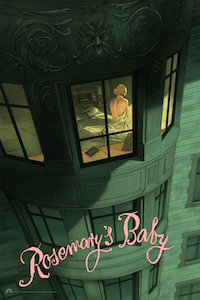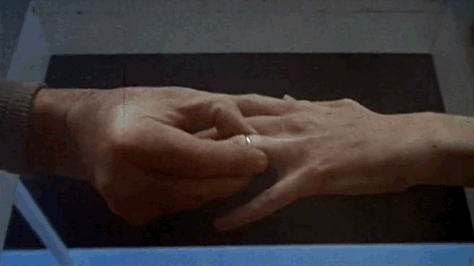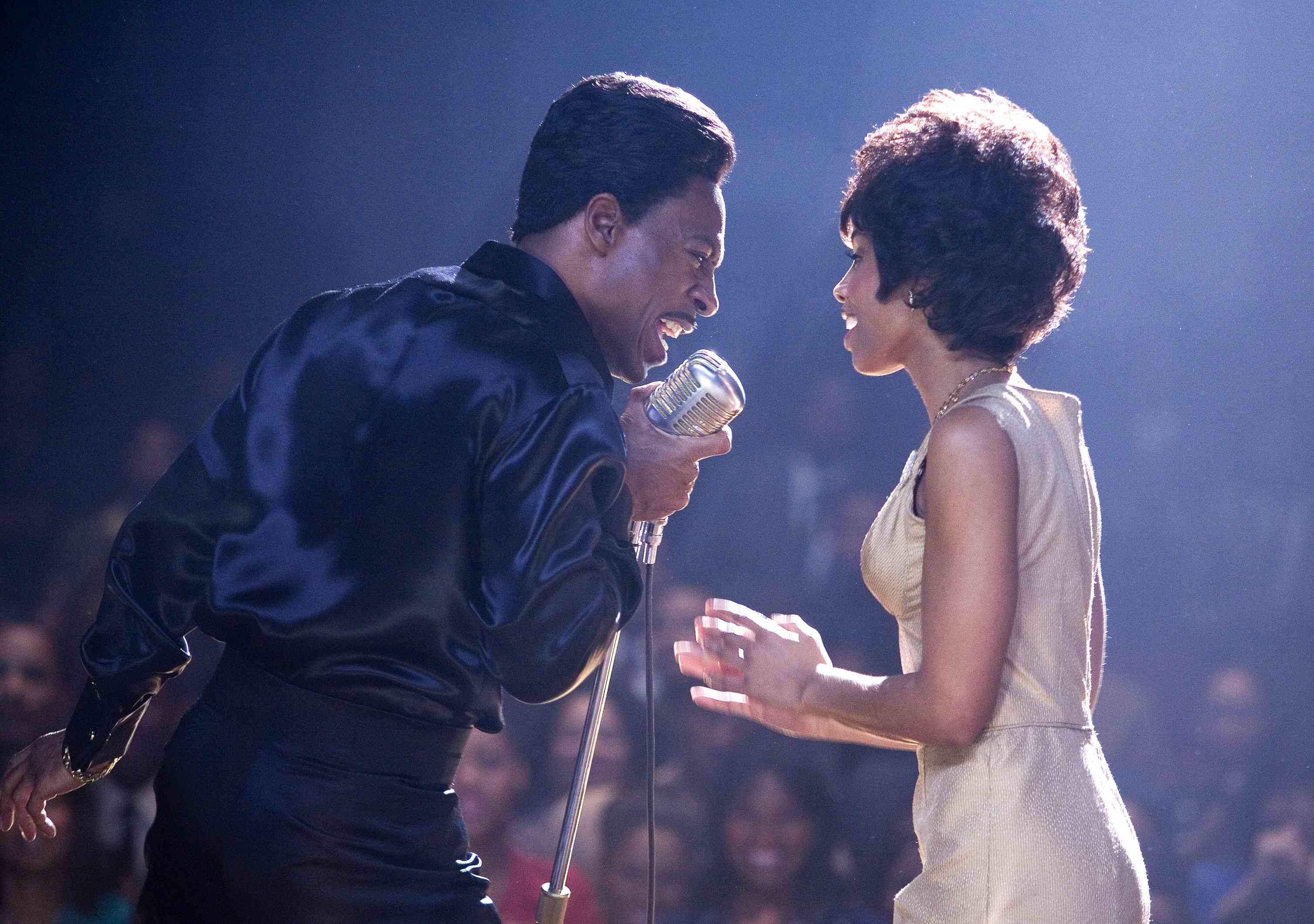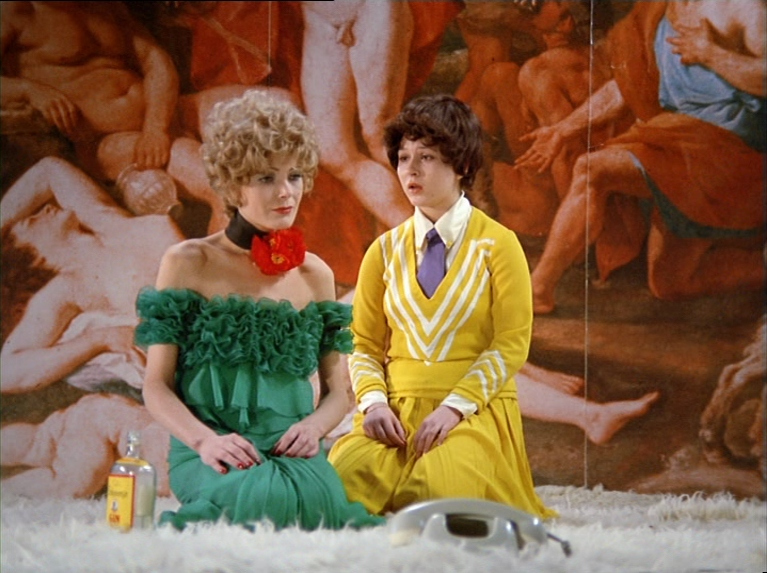Rosemary's Baby Pt 2: This is Really Happening!
 Thursday, June 14, 2018 at 9:31PM
Thursday, June 14, 2018 at 9:31PM  Rosemary's Baby print by Jonathan Burton. For sale here.50th Anniversary Three-Part Mini-Series
Rosemary's Baby print by Jonathan Burton. For sale here.50th Anniversary Three-Part Mini-Series
Occasionally we'll take a movie and baton pass it around the team and really dive in.
Rosemary's Baby (1968) is 50 years old now but it feels both ancient and fresh. It's always alive when you watch it. Having seeped into the very DNA of both the movies and our nightmares, it deserves a deep dive. In Part One by Seán McGovern we watched as Rosemary (Mia Farrow) and Guy Woodhouse (John Cassavettes) moved into a strange new apartment building, saw a neighbor mysteriously die, and become socially entangled with an intrusive neighbor couple Minnie and Roman Castavet (Ruth Gordon and Sydney Blackmer), who are both eccentrically endearing and very possibly sinister. 44 minutes into the film we can scratch out "very possibly" and just make that sinister. Full stop. We return to Rosemary just as we realize she's been drugged by Minnie's chocolate mousse "mouse" and has begun to dream... - Editor
Part 2 by Jason Adams
44:21 It seems appropriate to jump right in in the middle of a dream about to turn nightmare, for what else is Rosemary's Baby but that?

44:21 So much of this sequence will come back to haunt us later when Rosemary makes her final horrific discovery...






